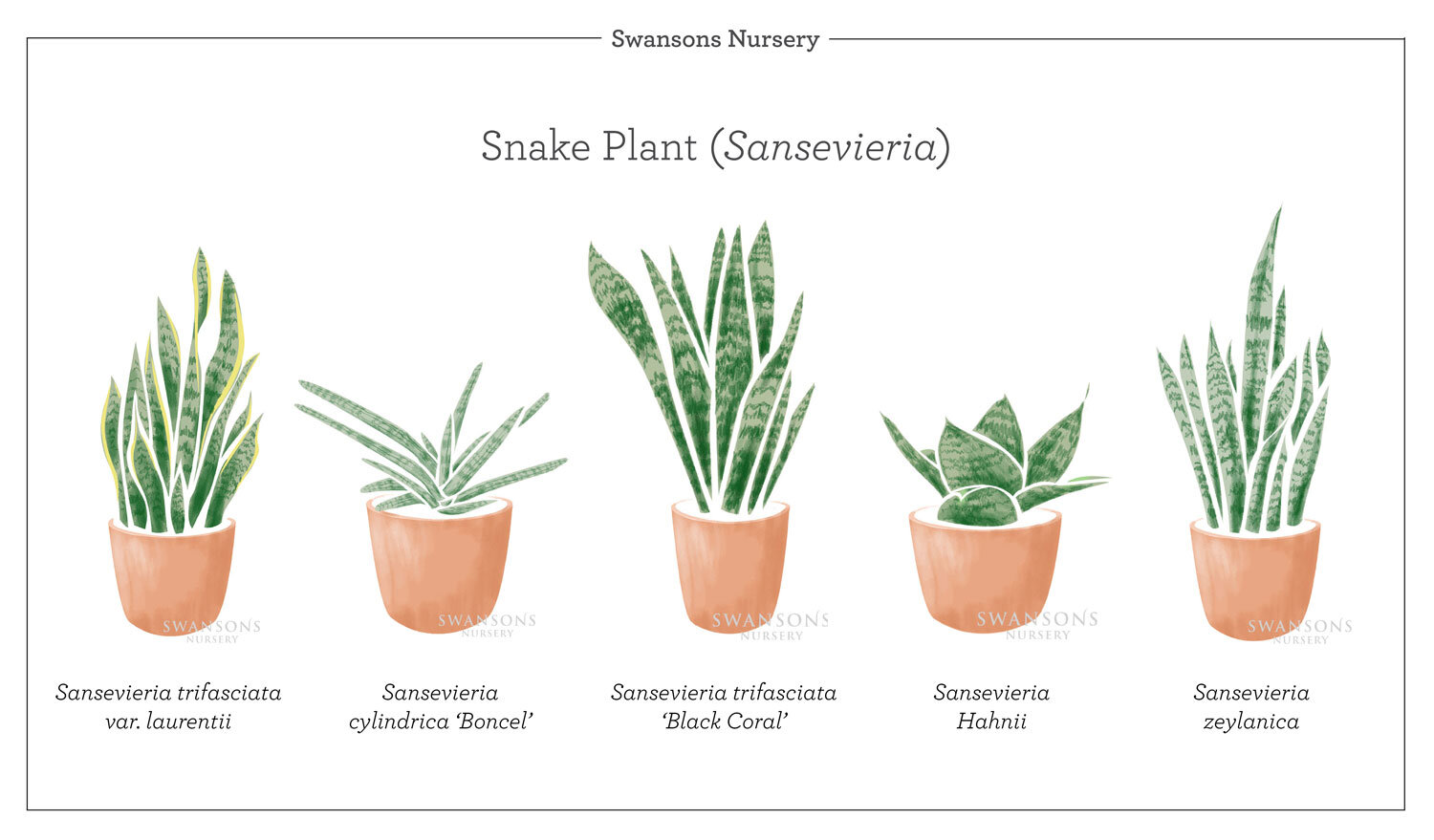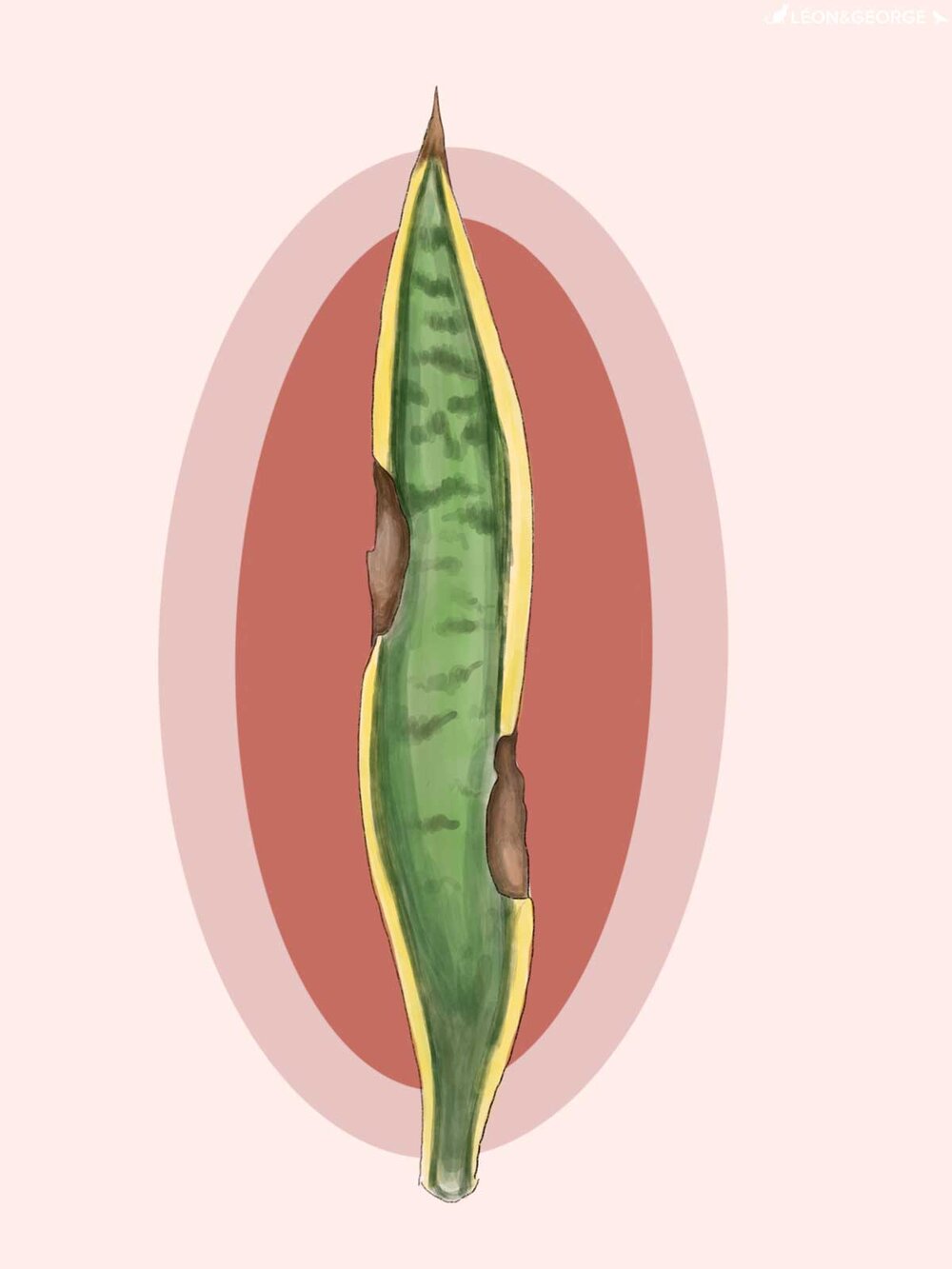The Best Strategy To Use For Snake Plant Leaves Turning Yellow
The Only Guide for Snake Plant Leaves Turning Yellow
Table of ContentsThe Snake Plant Leaves Turning Yellow StatementsThe smart Trick of Snake Plant Leaves Turning Yellow That Nobody is DiscussingEverything about Snake Plant Leaves Turning YellowThe 25-Second Trick For Snake Plant Leaves Turning YellowTop Guidelines Of Snake Plant Leaves Turning YellowThe Main Principles Of Snake Plant Leaves Turning Yellow
If you plan to have a snake plant in your house, below are a couple of things to bear in mind: Excessive water is this plant's weak point. Location a snake plant in a well-drained pot to prevent overwatering, as it can cause decaying. Only water the soil when it's totally dry.If entirely shaded, the plant can boring and the leaves may become a little bit drooping. Serpent plants are not just simple to care for however easy to multiply.
When roots have begun to form (3 to 5 weeks), you can maintain in water or transfer to dirt. Place a serpent plant in a well-drained pot to avoid overwatering, as it can trigger rotting. Make certain the pot has an opening to enable draining pipes. Serpent plants are proven to be as helpful as they are aesthetically appealing.
Brush soil from the root structure or root. Use the knife to divide the plant into areas, keeping the origins for each area undamaged. Replant areas into clean pots filled up with the potting dirt. Water and place in a partially warm area. Spin-offs or dogs are infant plants arising from the soil.
The Best Strategy To Use For Snake Plant Leaves Turning Yellow
Utilize a sterilized reducing tool to remove a long, healthy fallen leave at its base (Snake Plant Leaves Turning Yellow). Immerse the cut end of the leaf in a clean container of water and established the jar in a partly warm place. Or permit the cut end to unsympathetic over for 24 hours and then pot it cut-end down
Night-blooming blossoms are aromatic and similar in look to lilies. Be certain to choose a cultivar that blooms, due to the fact that not all serpent plant selections will flower. The Spruce/ Alonda Baird The Spruce/ Alonda Baird The Spruce/ Candace Madonna Snake plants grow finest with 8 to ten hours of indirect sunlight or a few hours of early-morning direct sunshine.
Throughout wintertime, check the plant's soil mix every two weeks or sothe plant could need to be watered just when a month. If you see its fallen leaves are brittle and completely dry, water instantly. Throughout spring and summertime when the plant remains in active growth, sprinkling every 2 weeks approximately is typically sufficient.
To manage elevation, eliminate the highest leaves at the soil line with a sterilized reducing tool. Damaged fallen leaves can be removed at any time, nevertheless, winter trimming can cause anxiety. Repot your serpent plant every three to 5 years, or when you see origins growing out of the openings in all-time low of the pot.
Snake Plant Leaves Turning Yellow - Truths
The very best time to repot is in spring. When repotting a snake plant, place it at the exact same level as it remained in the initial pot. Serpent plants don't tolerate temperature levels lower than 50F. If you are expanding the plant outdoors, bring it inside and maintain it in a warm location where it's safeguarded from cool drafts.
Snake plants are vulnerable to usual houseplant bugs such as scales, gnats, spider termites, aphids, mealybugs, and whiteflies. Many can be removed by hand or with a gentle spray of water. Deal with problems with neem oil. Serpent plants are one of the easiest plants to preserve and can last for several years.
Possessing a serpent plant has several advantages. Easy to care for and an excellent first plant for starting gardeners, right here Special form includes height and rate of interest to houseplant collections, Adapts to different light problems and endures low-light settings, Plant is flexible and virtually unbreakable, Portable development routine fits well in small spaces, Dry spell resistant Frequently asked question Snake plant gained its name due to the fact that of the way its lengthy, slim fallen leaves with distinctive red stripes and various other markings resemble some kinds of serpent.

Snake Plant Leaves Turning Yellow - An Overview
Snake plants are easy-care houseplants. From time to time, repotting Serpent Plants is needed for maintaining a healthy and thriving plant. This tutorial on repotting Serpent Plant kingdoms reveals you the actions to take, the mix to utilize, and when you need to repot your snake plant. Serpent Plant kingdom are some of my really favored houseplants.
Their spiky, formed vegetation is so fascinating to me. Plus, you can ignore them most of the moment, and they enjoy as can be! I actually repotted 5 of my plants yet you only see 2 of them right here. I call this project the "Snake Plant switcheroo" since I swapped out containers and locations they remained in.
That's why I include the delicious and cactus mix due to the fact that it's chunky and well aerated (Snake Plant Leaves Turning Yellow). I additionally toss in a few handfuls of natural garden compost as I'm planting (I go much lighter on both this and the worm compost when repotting houseplants as contrasted to container plants in my yard) and a 1/2 layer covering of the worm compost
Both have lots of top notch active ingredients. Make certain whatever potting dirt you make use of states it developed for indoor plants on the bag. I utilize this DIY delicious & cactus mix (this has coco contribute it) for included water drainage. This one is a different as well as this one. I utilize Tank's local garden compost.
The Best Strategy To Use For Snake Plant Leaves Turning Yellow
The top four are what I utilized for my mix.

If your own is in a 6 grow pot, after that an 8 pot would be the dimension you 'd desire to utilize. Because Sansevierias like to expand as they grow, I've found that they do not need a deep pot. A deep pot has even more soil mass at the bottom which can stay too wet which leads to root rot.
You can see the thick rhizomes they save water read more together with the origins & leaves. Gather your dirt mix materials. (In some cases I mix them up in advance, and various other times in the pot as I accompany. Loosen the plants from their pots. For one plant I made use of a boring knife and for the other, I delicately continued the expand pot.
Snake Plant Leaves Turning Yellow - Truths
Once the plant is out of the pot, measure how much dirt mix you'll require to increase the top of the origin round up to 1/2 to 1 listed below the top of the new pot. Add the mix in. Location the plant in the pot and fill in around the sides with mix.